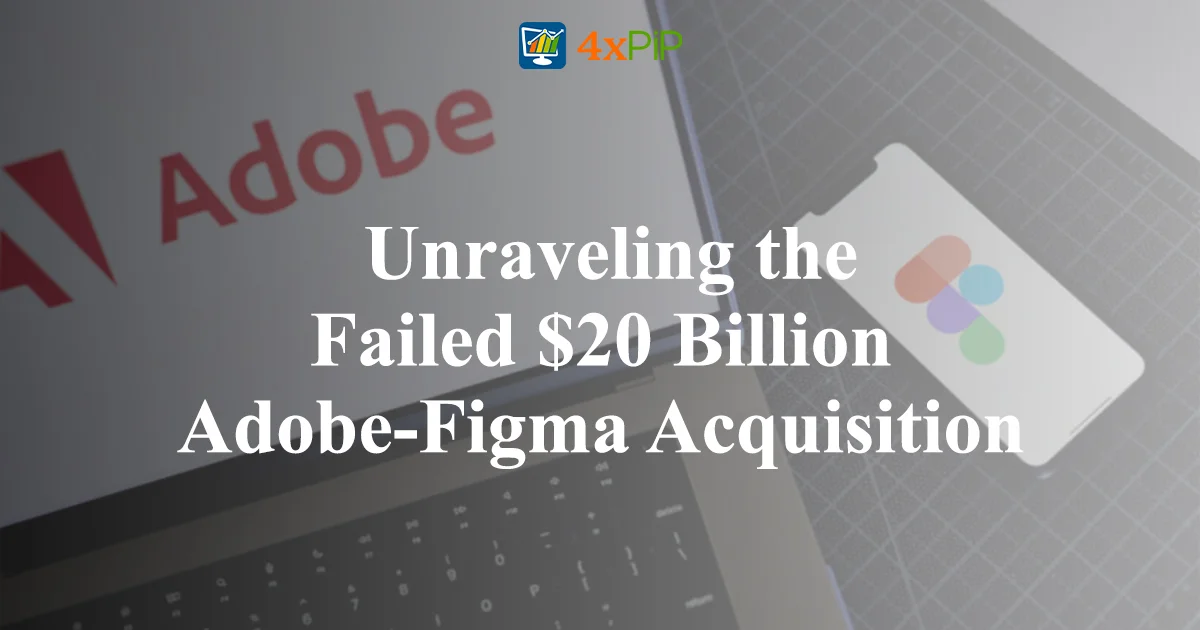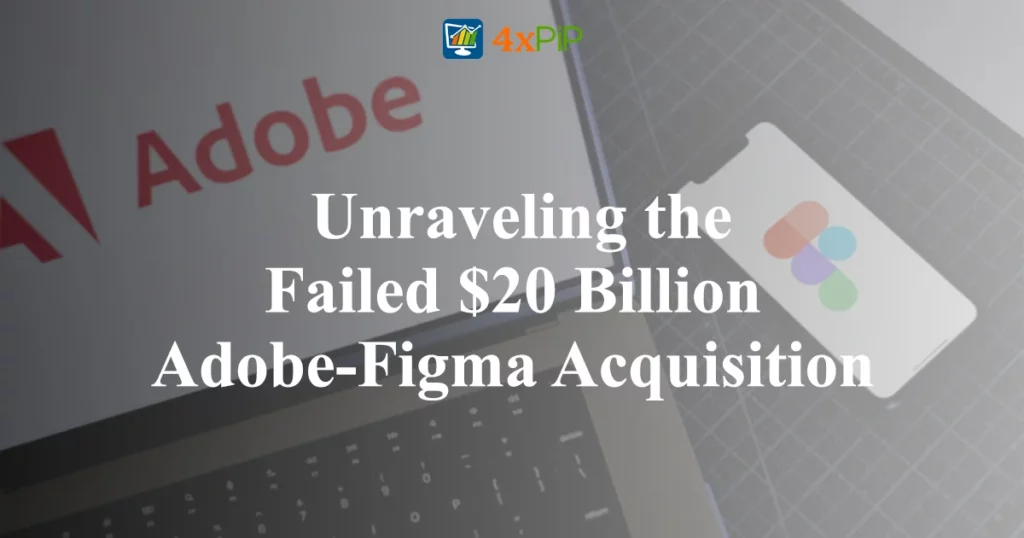In a surprising turn of events, Adobe and Figma, two major players in the design and creativity space, have decided to call off their highly anticipated $20 billion merger. This decision stems from insurmountable regulatory hurdles, prompting the companies to part ways and pursue independent paths. Amid this development, it’s crucial to understand the intricacies of this failed acquisition and its implications for the creative industry. As we delve into the details, we’d like to offer our readers an exclusive promotion from 4xPip, your go-to source for trading tools and EAs. Enhance your trading experience by exploring their offerings at 4xPip or reach out to them via email at [email protected].
Regulatory Roadblocks:
The joint statement released by Adobe and Figma highlights the primary obstacle— the inability to secure necessary regulatory approvals from both the European Commission and the UK Competition and Markets Authority. Despite strong disagreements with the regulatory findings, Adobe CEO Shantanu Narayen emphasized the strategic decision to move forward independently. This unexpected twist comes after months of anticipation following the initial announcement of the merger in September 2020.
Financial Fallout:
One notable outcome of this dissolution is Adobe’s commitment to pay Figma a substantial $1 billion breakup fee, as disclosed in a regulatory filing. This financial repercussion underscores the complexities involved in terminating such high-stakes business agreements and raises questions about the economic ramifications for both parties.
Market Reaction:
Adobe’s shares experienced a modest 0.6% rise in Monday morning trading following the announcement. The market’s response reflects a blend of uncertainty and perhaps relief among investors. The initial shockwave from the merger announcement in 2020 had seen Adobe shares plunge, and now, the termination raises queries about the company’s future strategies in the evolving landscape of digital creativity.
CEO Perspectives:
The sudden about-face in the decision to terminate the merger contrasts with Adobe CEO Shantanu Narayen’s previous statements affirming belief in the acquisition’s benefits. In an interview with CNBC just days before the announcement, Narayen expressed the company’s commitment to combining Figma’s collaborative software prowess with Adobe’s creative expertise. The regulatory environment, however, proved to be a formidable challenge.
Summary:
In conclusion, the unraveling of the Adobe-Figma merger serves as a poignant reminder of the regulatory complexities that technology companies face, even in the pursuit of collaborative creativity. While the failed acquisition may represent a setback, both Adobe and Figma express their ongoing commitment to finding ways to collaborate and deliver value to their joint customers.











